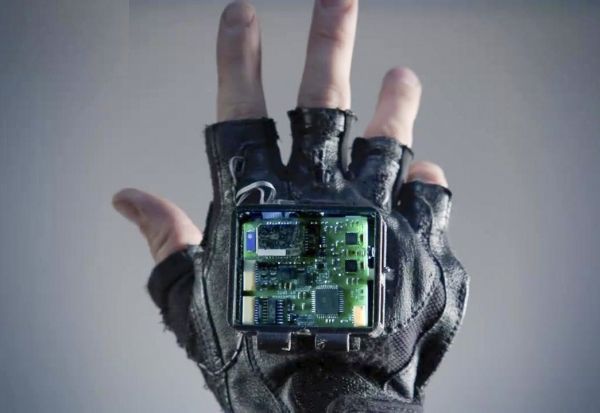The most obvious sign someone has survived a stroke is usually some trouble speaking or walking. But another challenge may have an even greater impact on someone’s daily life: Often, stroke survivors lose sensation and muscle control in one arm and hand, making it difficult to dress and feed themselves or handle everyday objects such as a toothbrush or door handle.
Now, doctors and engineers at Stanford and Georgia Tech are working on a novel therapy that could help more stroke survivors regain the ability to control their arms and hands – a vibrating glove that gently stimulates the wearer’s hand for several hours a day.
Caitlyn Seim, a graduate student at Georgia Tech, started the project in the hope that the glove’s stimulation could have some of the same impact as more traditional exercise programs. After developing a prototype, she approached Stanford colleagues Maarten Lansberg, an associate professor of neurology, and Allison Okamura, a professor of mechanical engineering, in order to expand her efforts. With help from a Wu Tsai Neurosciences Institute Neuroscience:Translate grant, the trio are working to improve on their prototype glove and bring the device closer to clinical testing.
Read more at Stanford University
Image: A new glove being developed by Georgia Tech and Stanford researchers aims to treat symptoms of stroke through vibration. CREDIT: Caitlyn Seim


